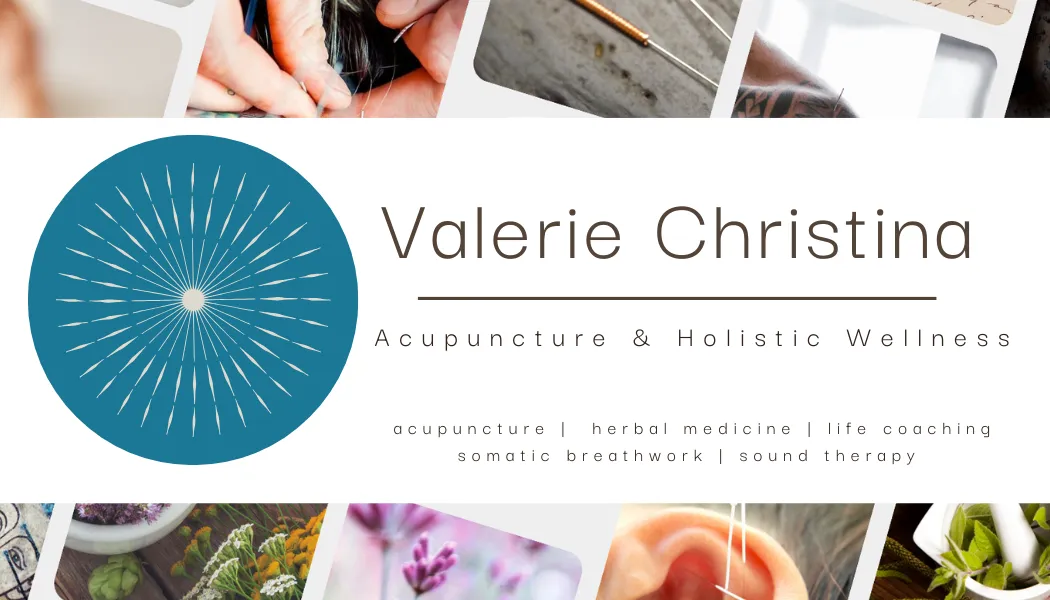
Holistic health through somatic wisdom
Schedule Your Session
welcome to your healing journey
Welcome! Whether you’re here for your first appointment or returning for ongoing care, this space is designed to guide you to the right next step.
I offer both in-person and virtual sessions to support your healing through acupuncture, herbal medicine, sound therapy, somatic breathwork, and transformational coaching.
Please select the option below that best describes you so we can ensure you’re booked correctly and receive the care you need.

Let's Get Started!
New Clients Start Here
First time working with me? Let’s begin with the right intake and a session tailored to you.
All new clients must complete their intake form prior to their session so we can begin with clarity, safety, and support.
Initial Acupuncture Intake
Initial TCM Herbal Medicine Intake
Initial On-Body Sound Therapy
Initial Tuning Fork “No Needles” Session
First-Time Life Coaching Discovery Call
Let's Continue...
Returning Clients
Welcome back! Continue your care by selecting a follow-up session or service you’ve previously experienced.
Acupuncture Follow Up Sessions
TCM Herbal Medicine Formula Consultation
On-Body Sound Therapy
Tuning Fork “No Needles” Sessions
Emergence Life Coaching Sessions
Frequency + Flow Signature Sessions
Root + Rise Signature Sessions


featured packages + promos!
Save Big On Wellness
Self care isn't selfish, and neither is your wellness journey. Stock up or replenish your favorite go-to services and save big.
Elevate your well-being today!
Acupuncture | Wellness Starter Package
Somatic Release Breathwork | Package
Emergence Life Coaching 3 Session | Package
Root + Rise Signature Experience | Package
Frequency + Flow Signature Experience | Package
Exclusive Daily Deals!
Join Me On Substack
Stay connected and inspired, with weekly insights on life coaching, acupuncture and somatic practices for personal transformation, resilience, emotional balance, and holistic health.
© Copyright 2025. Valerie Christina Acupuncture & Holistic Wellness. All rights reserved.
Privacy Policy
Terms and Conditions
